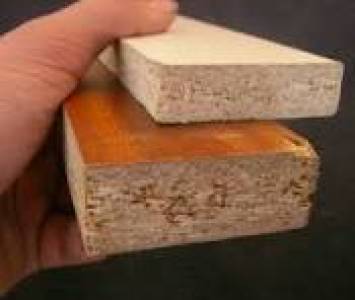
Particleboard, also known as chipboard, is an engineered wood panel made from wood particles (chips) bound together with a resin binder under high pressure and heat. It's a cost-effective alternative to solid wood, offering a wide range of applications in furniture making, construction, and various other industries. This description details the key features, benefits, and considerations of particleboard.
Key Features:
Benefits:
Considerations:
Applications:
Choosing the Right Particle Board:
Consider the specific application when selecting particleboard. Factors to consider include thickness, density, surface finish, and formaldehyde emission levels. Consult with a supplier to determine the most appropriate type of particleboard for your project.